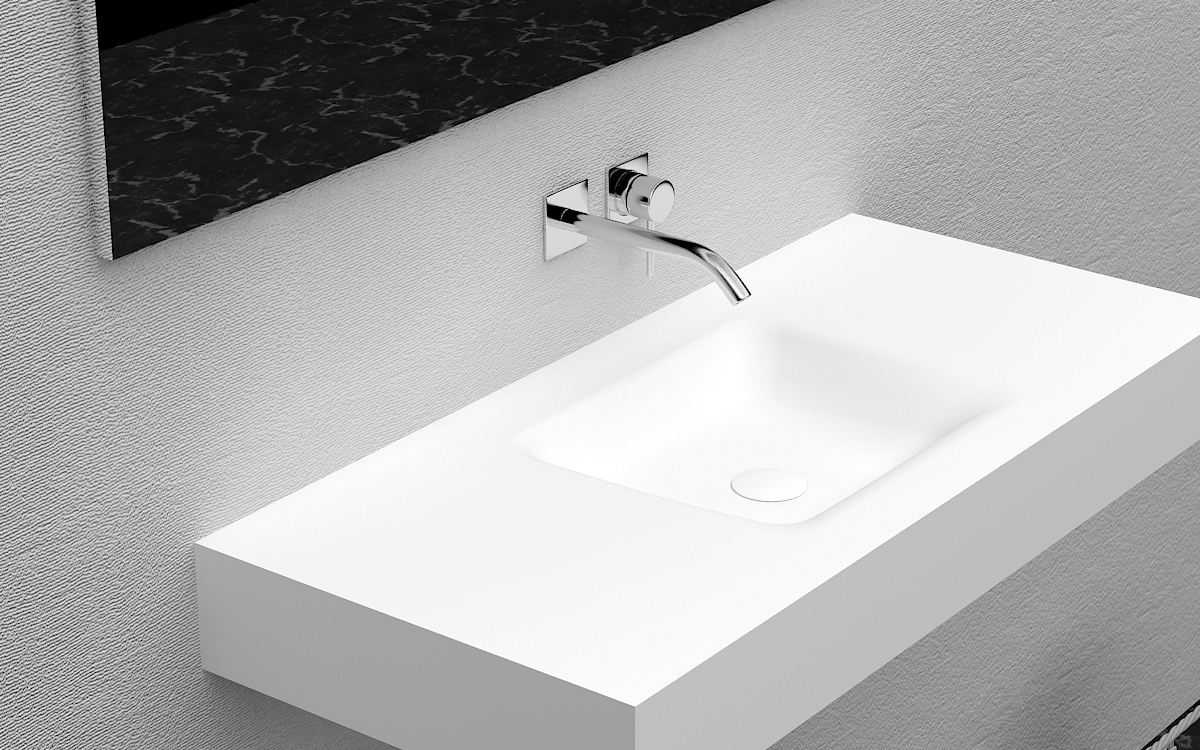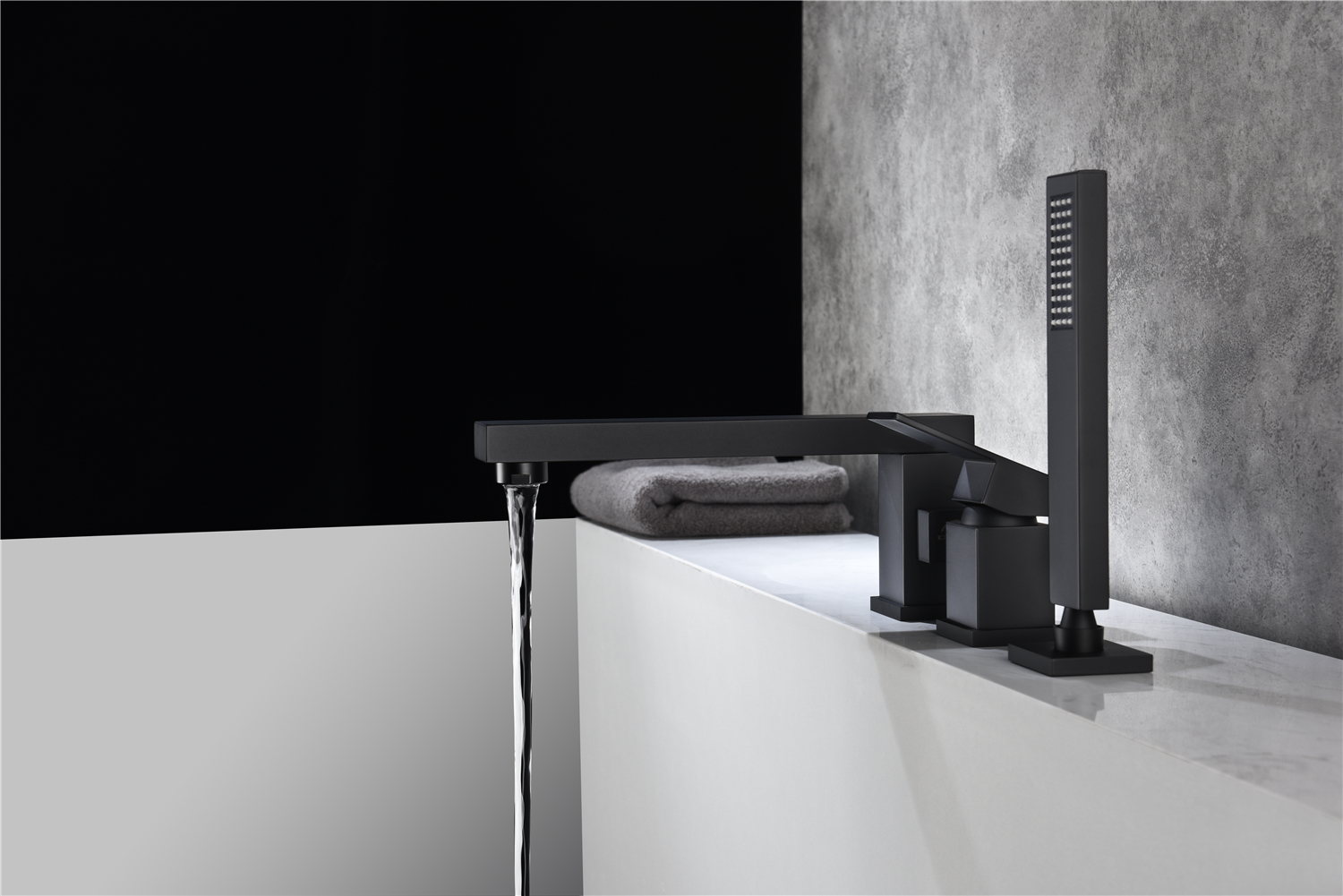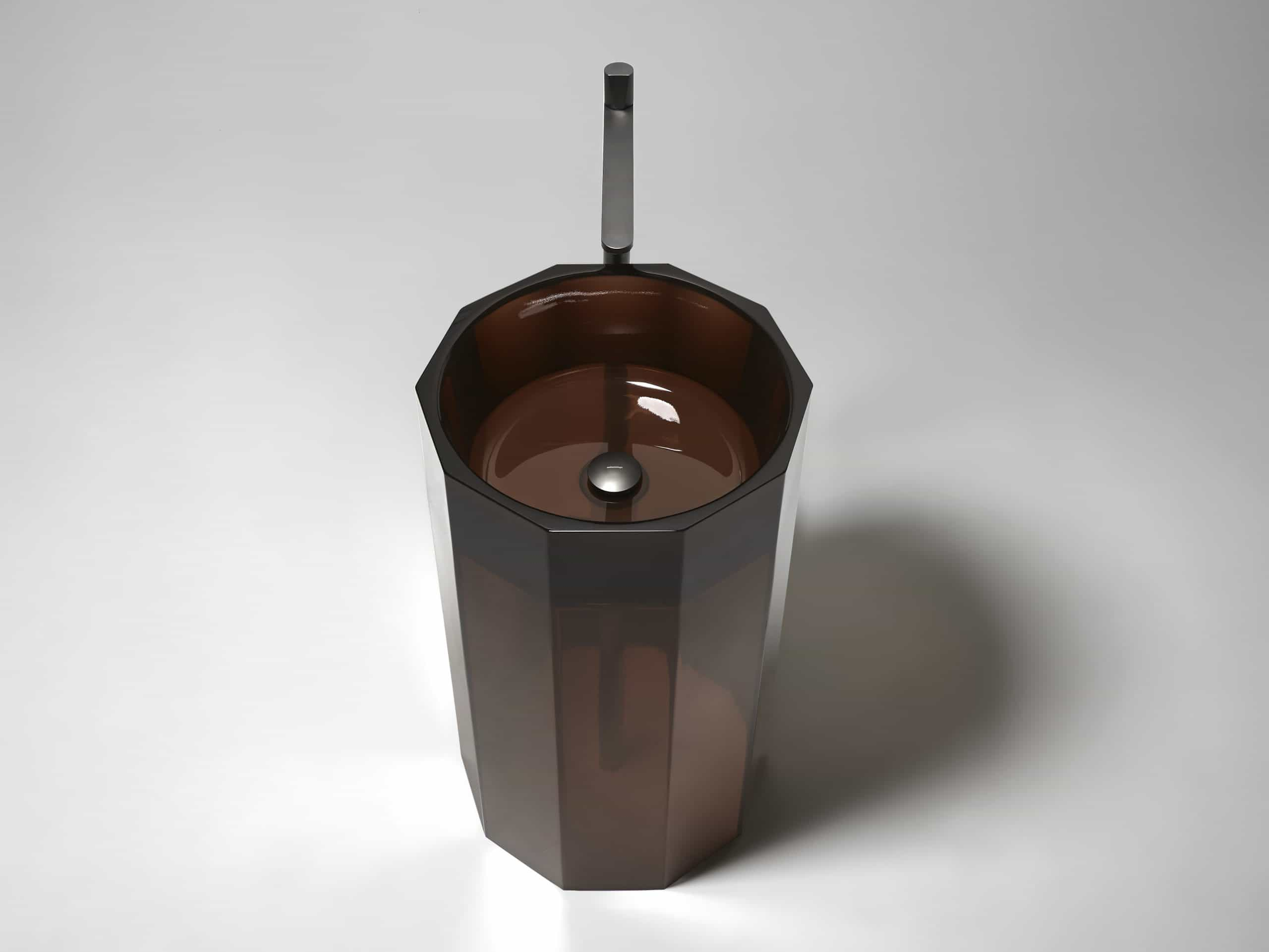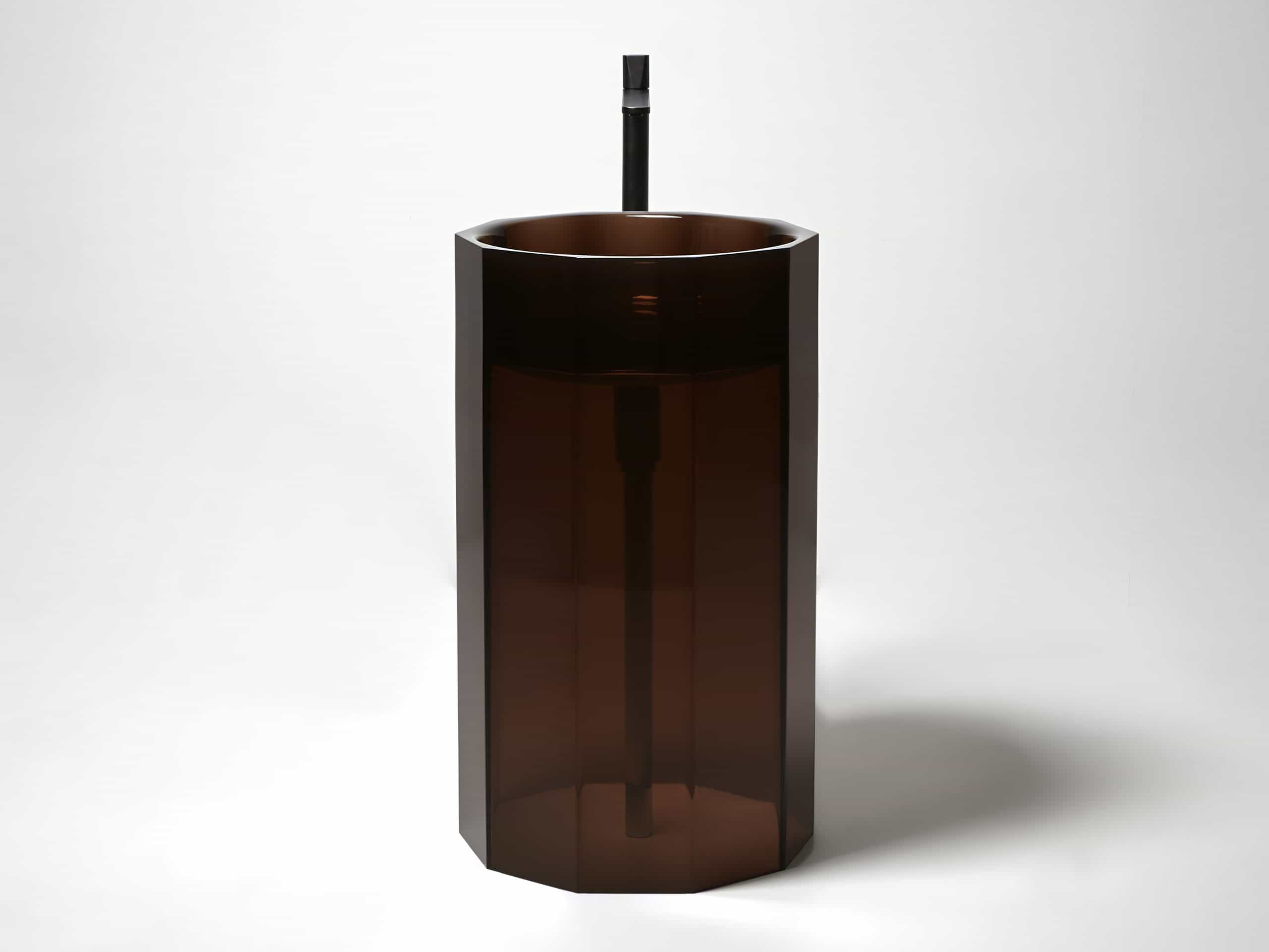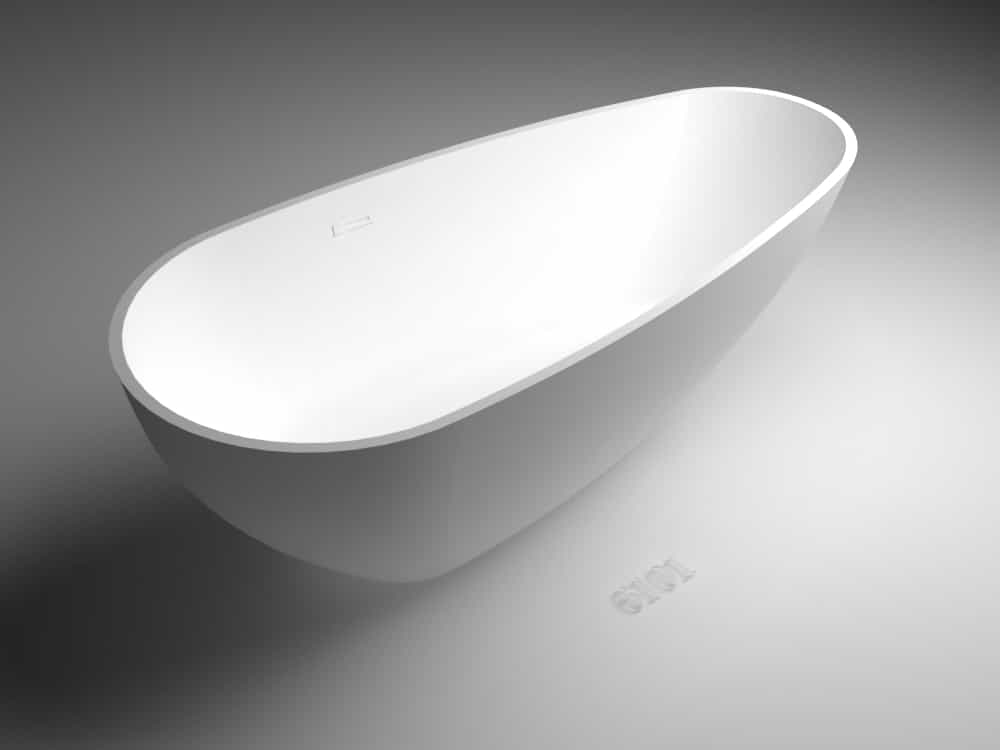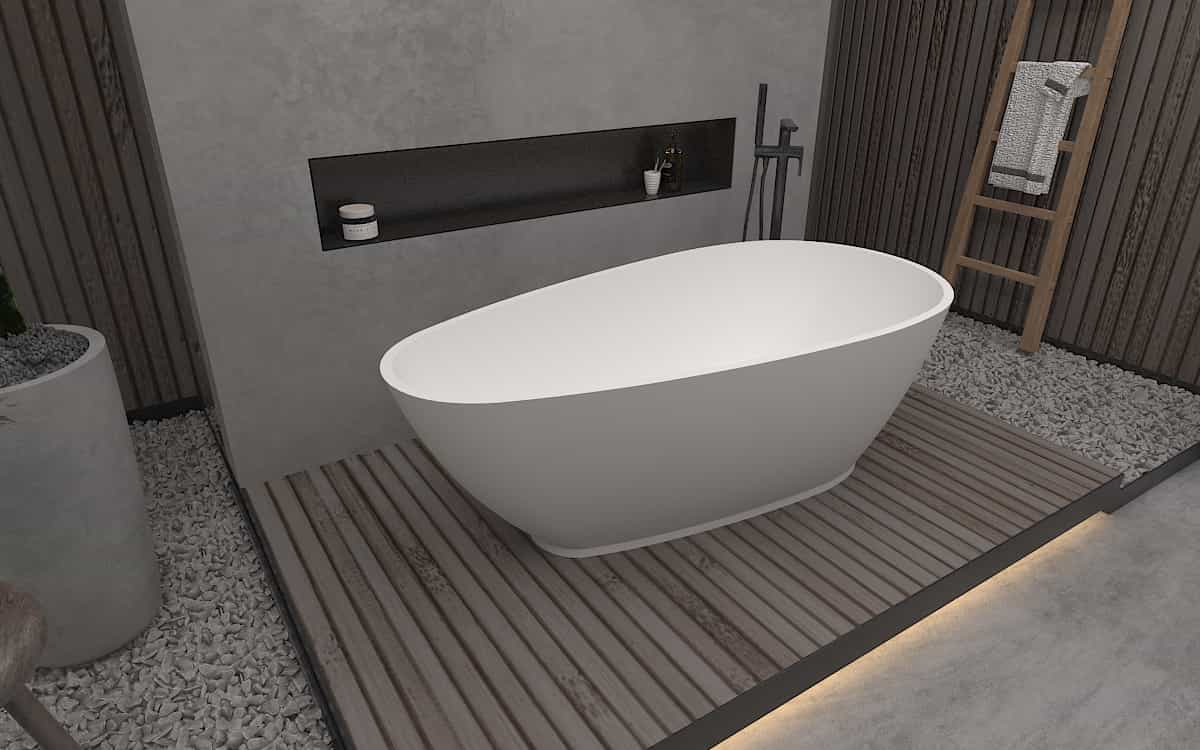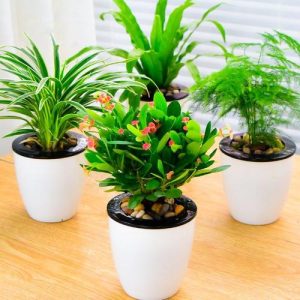
1: Dripping Guanyin:
It has the effect of removing air dust. (Warm reminder: dripping Guanyin stem in the white juice toxic, dripping water is also toxic, accidentally touch or eat its juice, will cause discomfort in the pharynx and mouth, there is a burning feeling in the stomach. Attention should be paid to preventing children from ingestion. But dripping Guanyin is not a carcinogenic plant.)
2: White Palm:
Inhibit body exhaled waste gases, such as ammonia and acetone. It also filters benzene, trichloroethylene and formaldehyde from the air. Its high evaporation rate can prevent the nasal mucosa from drying out, making the likelihood of disease greatly reduced.
3: African Jasmine:
The volatile oils produced have a significant bactericidal effect. Can make people relax, conducive to sleep, but also improve the efficiency of things.
4: The Silver Queen:
It’s known for its weird air cleaning abilities: the higher the concentration of pollutants in the air, the more it can use its purifying power! Therefore, it is very suitable for dark rooms with poor ventilation conditions.
5: Duck foot wood:
Bring fresh air to smoking families. The leaves can take nicotine and other harmful substances from the smoggy air and convert them into harmless plant substances through the use of light. In addition, it reduces formaldehyde levels by about 9 milligrams per hour.
6: Maidenfern:
It absorbs about 20 micrograms of formaldehyde per hour, making it the most useful biological “purifier.” If you work with paint and paint all day, or if you are around people who like to smoke, you should keep at least one fern in the working area. It also inhibits the release of xylene and toluene in computer monitors and printers.
7: Aloe Vera:
One pot of aloe vera is equivalent to nine biological air cleaners, and potted aloe Vera has a reputation as an air purifier. A pot of aloe vera is nine biological air cleaners that absorb formaldehyde, carbon dioxide and sulfur dioxide. Carbon monoxide and other harmful substances. In particular, formaldehyde absorption is rare and strong. Under 4 hours of light. A pot of aloe vera can eliminate 90% formaldehyde in one square meter of air, but also can kill harmful microorganisms in the air, and can absorb dust, has a great role in purifying the living environment. When the harmful air in the room is too high, aloe vera leaves will appear black spots. This is the signal for help. Just add a few more POTS of aloe vera indoors. Indoor air quality will return to normal.
8: Chlorophytum:
It can absorb 95% carbon monoxide and 85% formaldehyde in the air. Chlorophytum can hold light mutual aid in weak light, chlorophytum can absorb toxic and harmful gases in the air, a pot of chlorophytum in 8~10 square meters of the room is equivalent to an air purifier. As usual in the room to raise 1~2 POTS of chlorophyta, can release oxygen in 24 hours, at the same time absorb the air of formaldehyde, styrene, carbon monoxide, carbon dioxide and other carcinogenic substances. The absorption of some harmful substances is surprisingly strong, such as carbon monoxide and formaldehyde in the air, which can reach 95% and 85%. Chlorophyta also dissolves benzene and absorbs nicotine, a well-controlled harmful substance in cigarette smoke. To be chlorophytum is also known as the green indoor air purifier.
9: Ivy:
Champions of formaldehyde absorption. Ivy is now the most useful houseplant to absorb formaldehyde, every square meter of ivy leaves can absorb formaldehyde 1. 48 milligrams. The total leaf area of two POTS of adult ivy is about 0. 0. 78 square meters. Ivy can also absorb benzene, a toxic and harmful substance, which can absorb 90 percent of indoor benzene under 24 hours of light. It is estimated that in a room of 10 square meters, only 2-3 POTS of ivy are needed to purify the air. It also absorbs fine dust.
10: turtle back bamboo:
It absorbs carbon dioxide at night and improves air quality. Unlike the spider orchid, the turtle back bamboo has a slightly weaker air purifying effect. Aloe Vera is a versatile air purifier. However, the effect of the bamboo on removing formaldehyde in the air was significant. In addition, the turtle back bamboo has the effect of absorbing carbon dioxide at night. To improve indoor air quality, improve oxygen content is very auxiliary. Plus turtle back bamboo as usual larger plants, elegant shape. The leaves are clear and elegant in contrast. So it’s an extremely ideal houseplant. The fruit of the turtle back bamboo can be cooked when ripe. It smells like pineapple or banana.
11: Bamboo:
Protective umbrella to remove bacteria and viruses, bamboo contains plant fragrance has antibacterial factors, can remove bacteria and viruses in the air, with health care effect. The breath released by bamboo is bactericidal and beneficial to bacteria. In addition, bamboo has high medicinal value. Dig at its fleshy roots and wash away the dirt. Dry for use or fresh. The leafy branches are harvested as they are used. Both have the effect of relieving cough, moistening lung, cooling blood and detoxifying.
12: Rubber tree:
The Eraser tree is a generalist in eliminating harmful plants. It is resistant to carbon monoxide, carbon dioxide, hydrogen fluoride and other harmful gases in the air. Rubber trees can also eliminate fine dust pollution and act as a useful dust trap for indoor dust.







